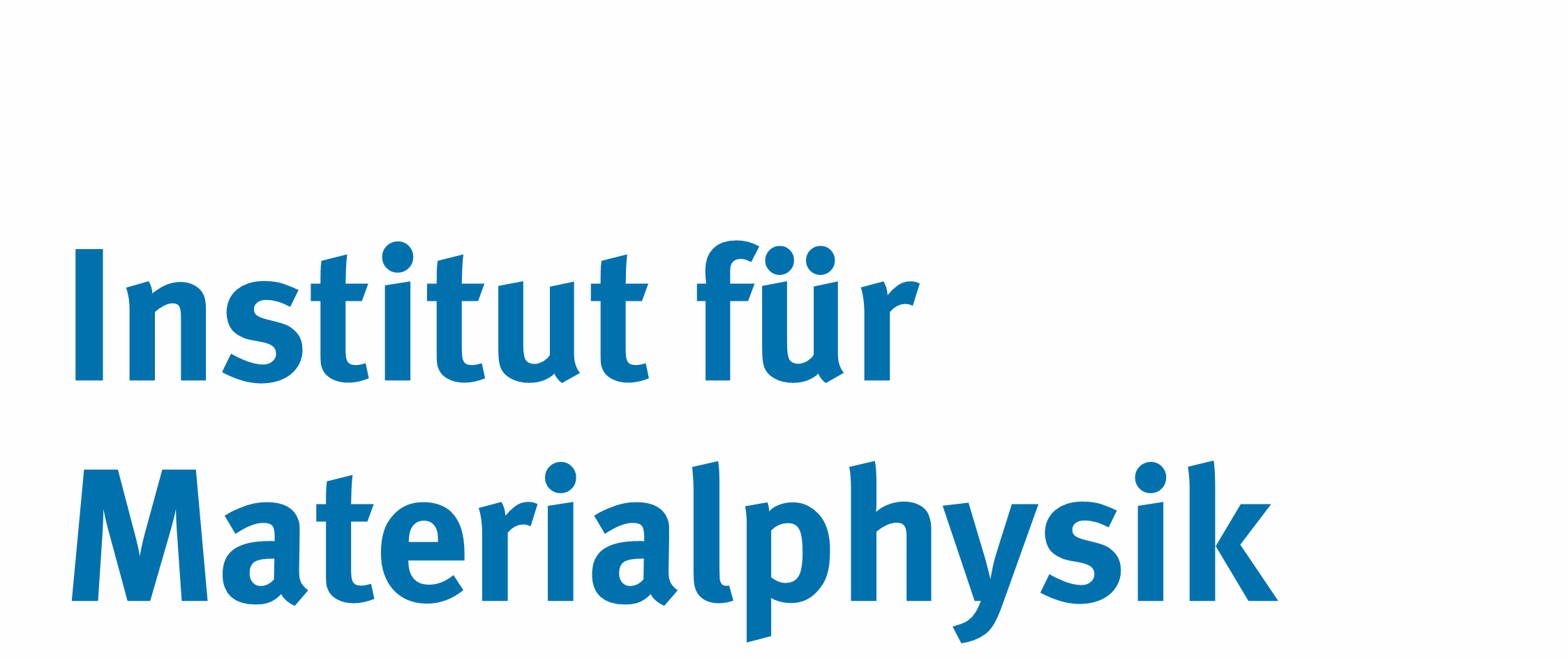Dynamics of amorphous semiconductors
In our research team we investigate the dynamics of resistively switching materials and their application in novel electronics. These materials can strongly change their electrical properties by rearranging their atomic configuration, while maintaining their chemical composition. How are electrical properties related to the atomic configuration? How fast can a state be altered? Which states are especially stable? What does actually happen on a microscopic level upon switching those materials? This is a selection of the fundamental questions we tackle with our research.
- Studying condensed matter far from equilibrium: To try answer these questions, we characterize the dynamics of our nanostructured samples over orders of magnitude in time both with electrical and ultrafast optical measurements.
- Ab-Initio Simulations: These measurements are complemented with ab-initio simulations based on density functional theory, which offer access to quantities that are not or not easily accessible with experiments. In close connection to our experimental work, we aim at a deeper understanding of the mechanism of electronic transport in the amorphous phase of phase-change materials at the nano-scale, which is essential to understand the behaviour of nanoscopic memory elements.
- Utilizing Phase Change Materials in Novel Processors: These elements can be realized by exploiting the contrast in electrical and optical properties between the crystalline and amorphous states of phase change materials. These devices can be used in novel processors, which are inspired by computing paradigms of our brain.
- Customized materials and devices: Optimal performance in a specific application, however, can only be reached when tailored materials with optimized properties are used. This is why part of our efforts are focused in the development of materials itself, and the nanostructured systems where these applications can be tested.
Which materials are particularly well suited for application depends greatly on the concrete objective. Our third-party funded projects are a good representation for how we employ our materials understanding to different fields of application. With a starting grant from the European Research Council, named NEURAMORPH, we aim at developing compact components for neuromorphic computing hardware.
In the collaborative research centre NANOSWITCHES (funded by the German Science Foundation) we join forces with electrical engineers and chemists to fundamentally understand the transient behaviour of resistively switching materials in nanostructured devices. This activity includes research on the switching kinetics and electronic properties of phase-change materials, especially in their amorphous states.
With the vision to pave the way for next generation memory technologies based on phase change materials our team collaborates with the IBM Zurich Research Laboratory. Between 2013 and end of 2017 the European Commission supported this partnership between industry and academia under the project name DIASPORA.
Most recently, the new collaborative research center (CRC) "Intelligent matter: From responsive to adaptive nanosystems" studies how responsive matter and its properties can be exploited to create intelligent systems. For this purpose, we collaborate with the AG Pernice to develop mixed electro-optical devices for in-memory computing.


